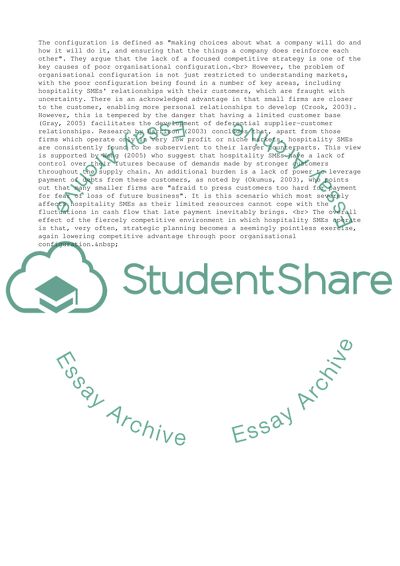Cite this document
(“Business Process Management in Hospitality Case Study”, n.d.)
Retrieved from https://studentshare.org/business/1534646-business-process-management-in-hospitality
Retrieved from https://studentshare.org/business/1534646-business-process-management-in-hospitality
(Business Process Management in Hospitality Case Study)
https://studentshare.org/business/1534646-business-process-management-in-hospitality.
https://studentshare.org/business/1534646-business-process-management-in-hospitality.
“Business Process Management in Hospitality Case Study”, n.d. https://studentshare.org/business/1534646-business-process-management-in-hospitality.


